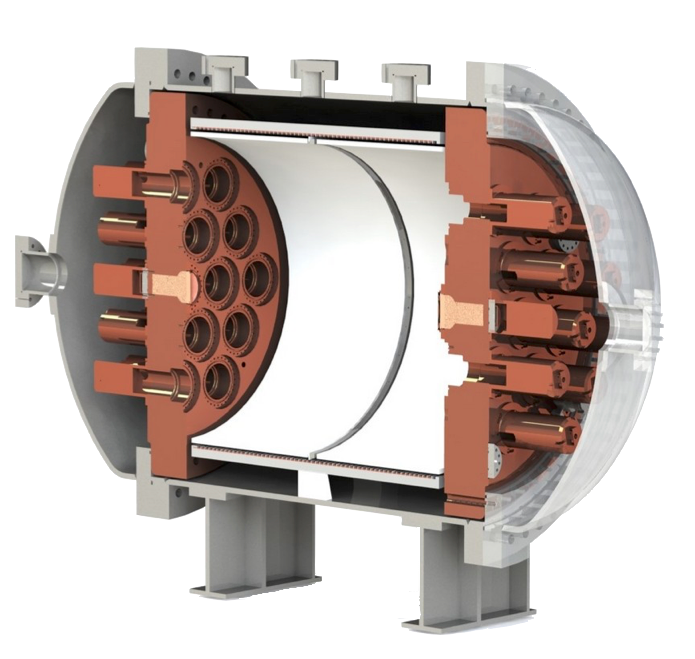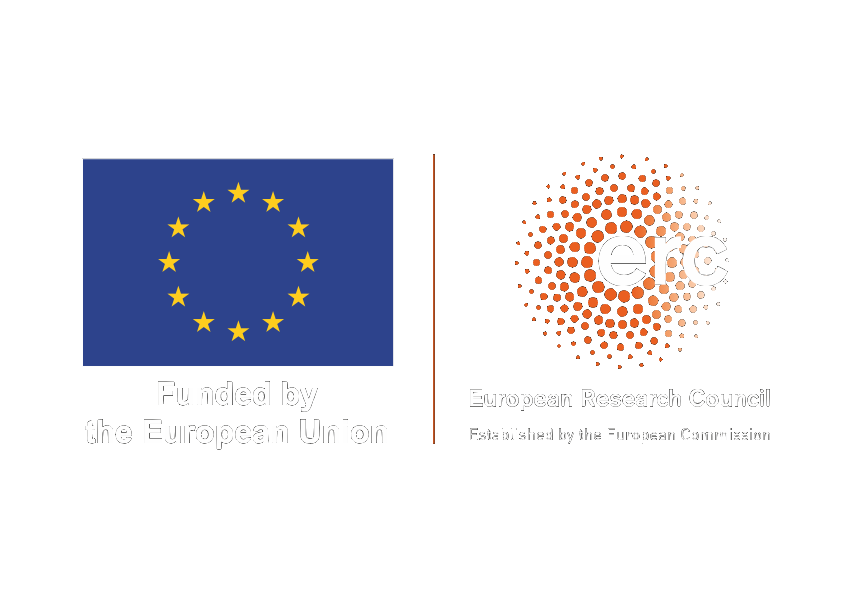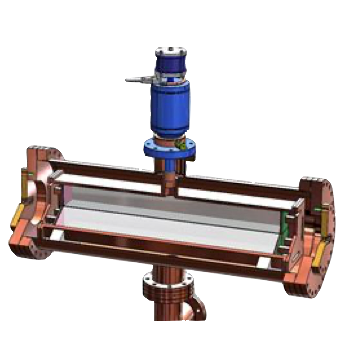Neutrinos at the ESS
The GanESS experiment

Engingeering drawing of the GanESS
detector.

Engingeering drawing of the GanESS detector.
The GanESS experiment, which stands for Gaseous detector for neutrino physics at the ESS, is meant to detect coherent elastic neutrino-nucleus scattering (CEνNS) and explore physic beyond the Standard Model.
Because of the large cross section of the neutrino coherent scattering, with the appropriate flux and technology to detect neutrinos through this process, moderate size detectors (kg scale) are allowed.
The European Spallation Source (ESS) is located in Lund, Sweden. It will combine the world's most powerful superconducting proton linac with an advanced hydrogen moderator, generating the most intense neutron beams for multi-disciplinary science. In addition, the ESS will produce the largest low energy neutrino flux of the next generation facilities. This a great opportunity to do particle physics at the ESS, so the GanESS project will use the neutrino beam produced by the European Spallation Source.
Based on the technology developed in the NEXT experiment, the detection concept consists of a high pressure gaseous time projection chamber (TPC). It will use the electroluminesce process to amplify the signal preserving resolution. GanESS will allow to operate with different nuclei (Xenon, Argon or Krypton) in the same set-up and it will be optimised for a low energy threshold.
Before going to the ESS, using simulations, we need to find locations where the prompt neutrons from the ESS tungsten target do not compete with CENS signals. We also need to understand our detector and its response. Currently, we are working on this in the Neutrino Lab at the Donostia International Physics Center. The Gaseous Prototype (GaP) at the DIPC will test the operation at high pressure (up to 50 bar) and with different gases. GaP will also be used to characterise the response to nuclear recoil at low energies.
The next step is the construction of the GanESS detector. This will also be done at the DIPC and afterwards it will be sent to Sweden for its operation at the ESS.
GanESS offers an opportunity to lead a world-class neutrino program in the coming years with a
large
discovery potential. The project is funded by the ERC Starting Grant ERC-2021-STG - 101039048 - GanESS.

The ESSCEνNS experiment

Engingeering drawing of the CoSI
detector, employing cryogenic CsI crystals.

Engingeering drawing of the CoSI detector, employing cryogenic CsI crystals.
The Standard Model of physics is our basis for understanding how elementary particles interact, but it still doesn’t provide a complete picture. The EU-funded ESSCEvNS project will use newly developed coherent elastic neutrino-nucleus scattering (CEvNS) to explore theories that go beyond the existing model.
Researchers will develop a CEvNS detector with cryogenic undoped caesium iodide scintillators monitored by innovative sensors, combined with next-generation waveshifters. Employing the upcoming European Spallation Source (ESS), the project will have access to about 12 000 CEvNS events per year with greater sensitivity than ever before. It will also test prototype xenon-based detectors and new germanium devices. The target is to explore new particle and nuclear physics theories by combining these new technologies with the physics potential of the ESS. The project is funded by the ERC Advanced Grant ERC-2021-ADG - 101055120 - ESSCEvNS.

Recent publications
-
Particle Physics at the European Spallation Source , Phys. Rept. 1023 (2023), 1-84 2211.10396 [physics.ins-det]]. -
CEνNS at the European Spallation Source , PoS TAUP2023 (2024) 171 2401.04074 [hep-ex].
